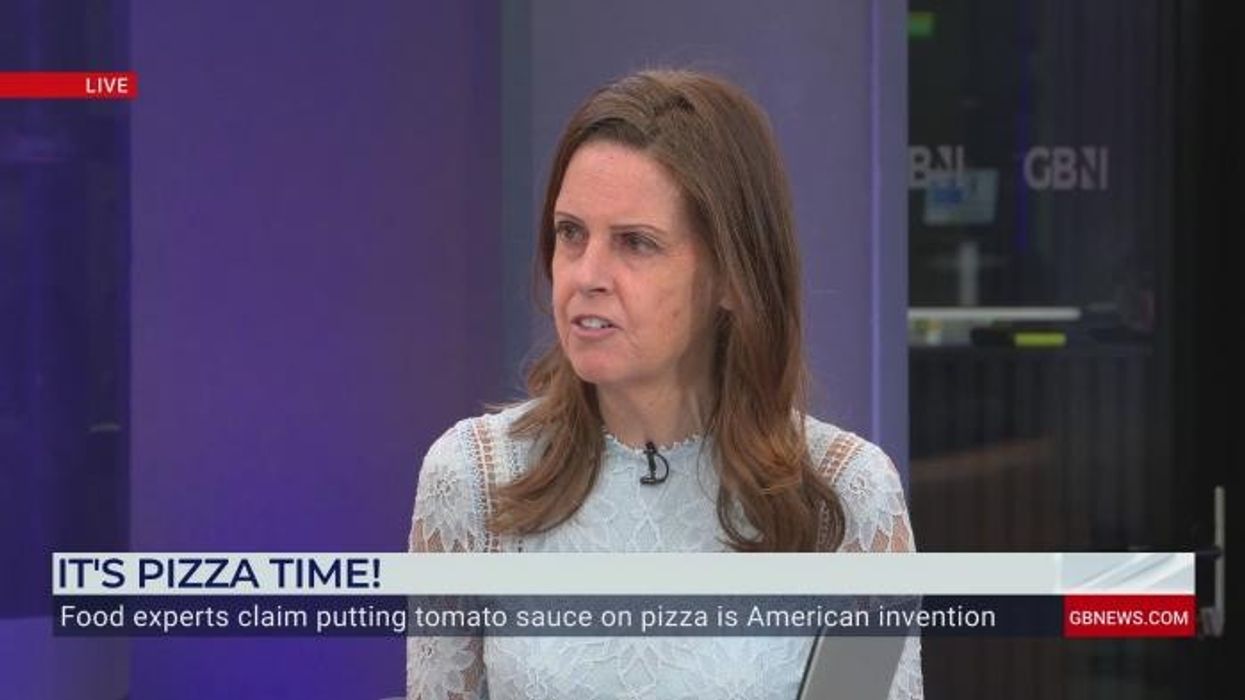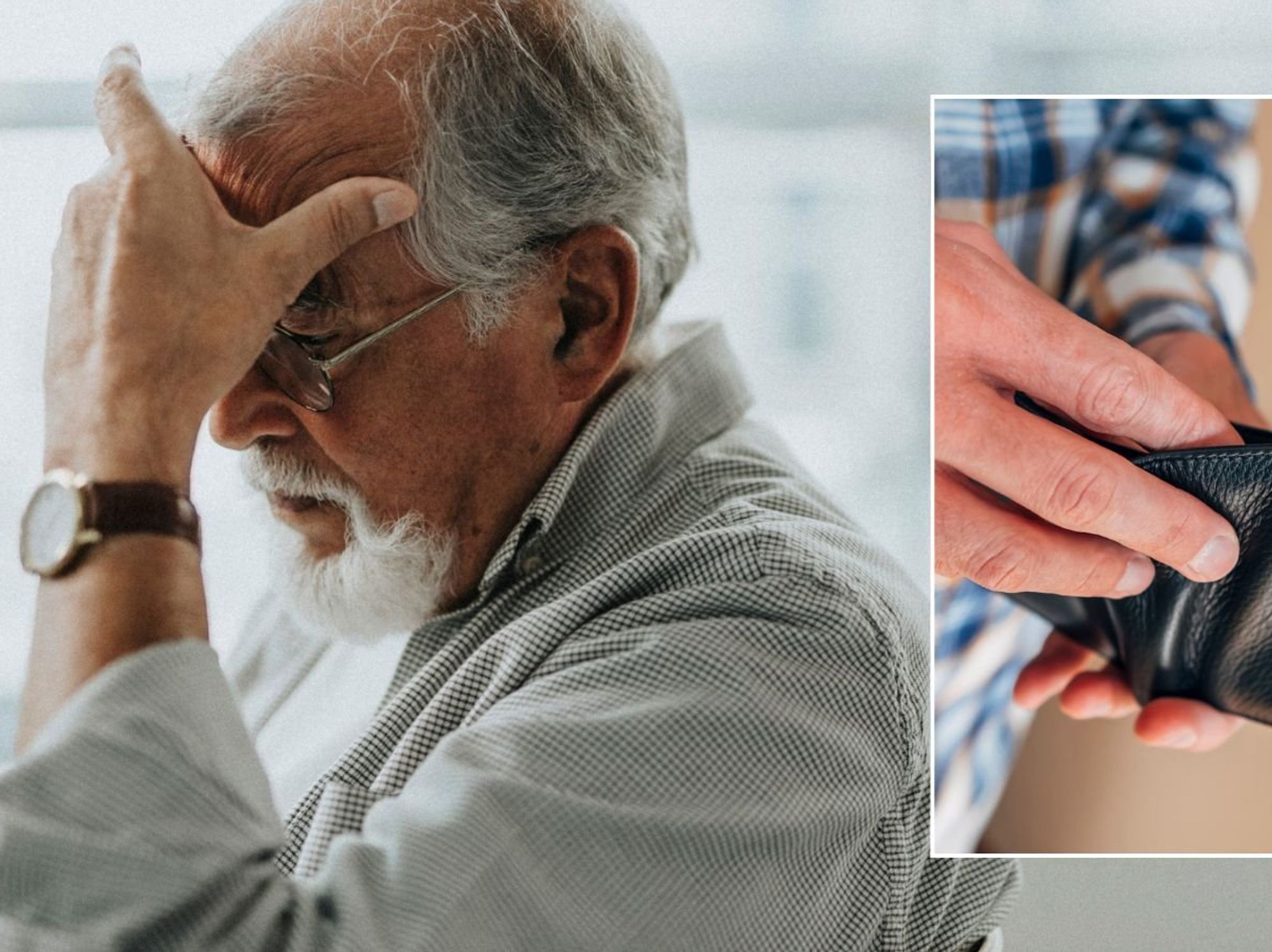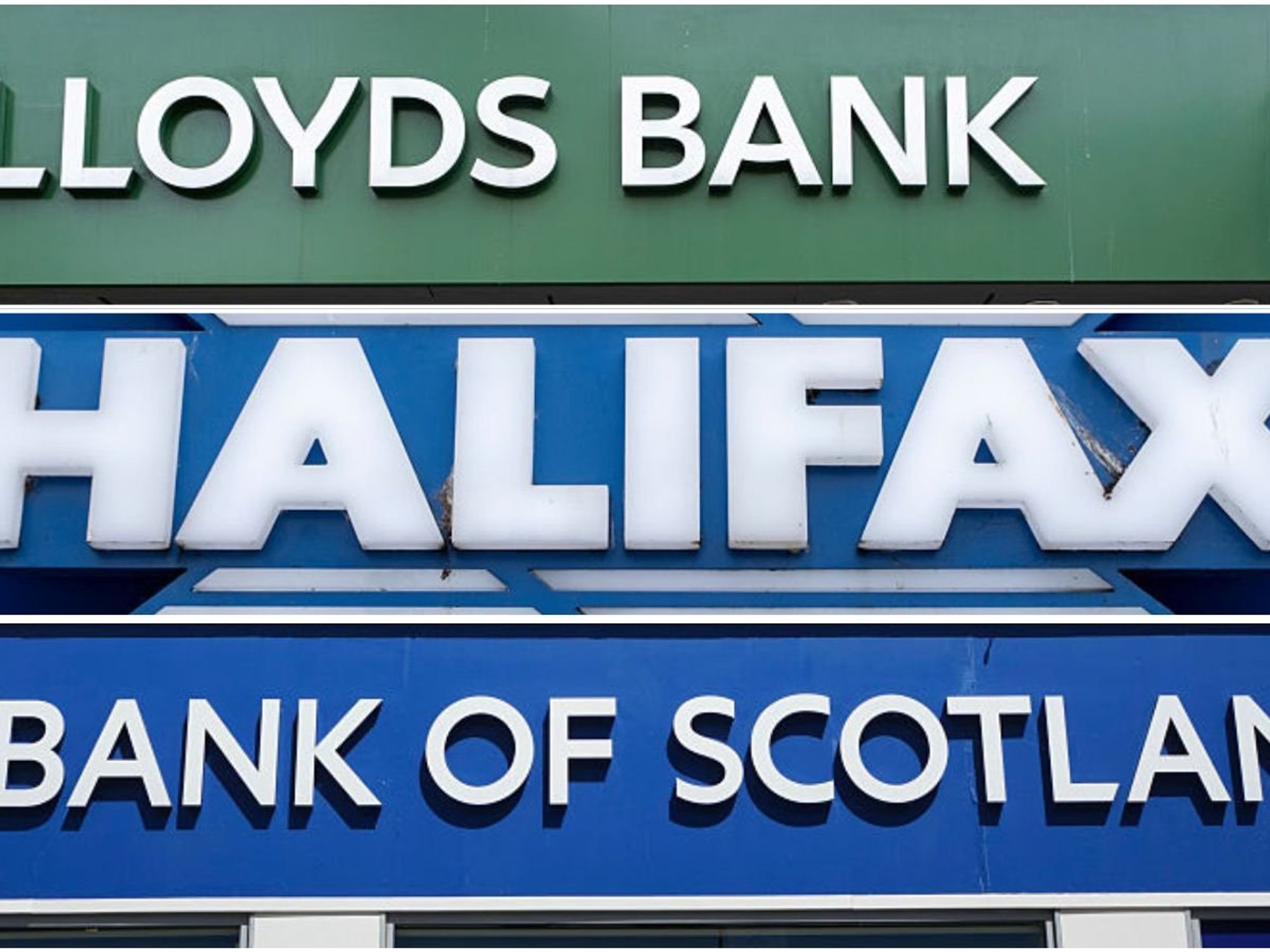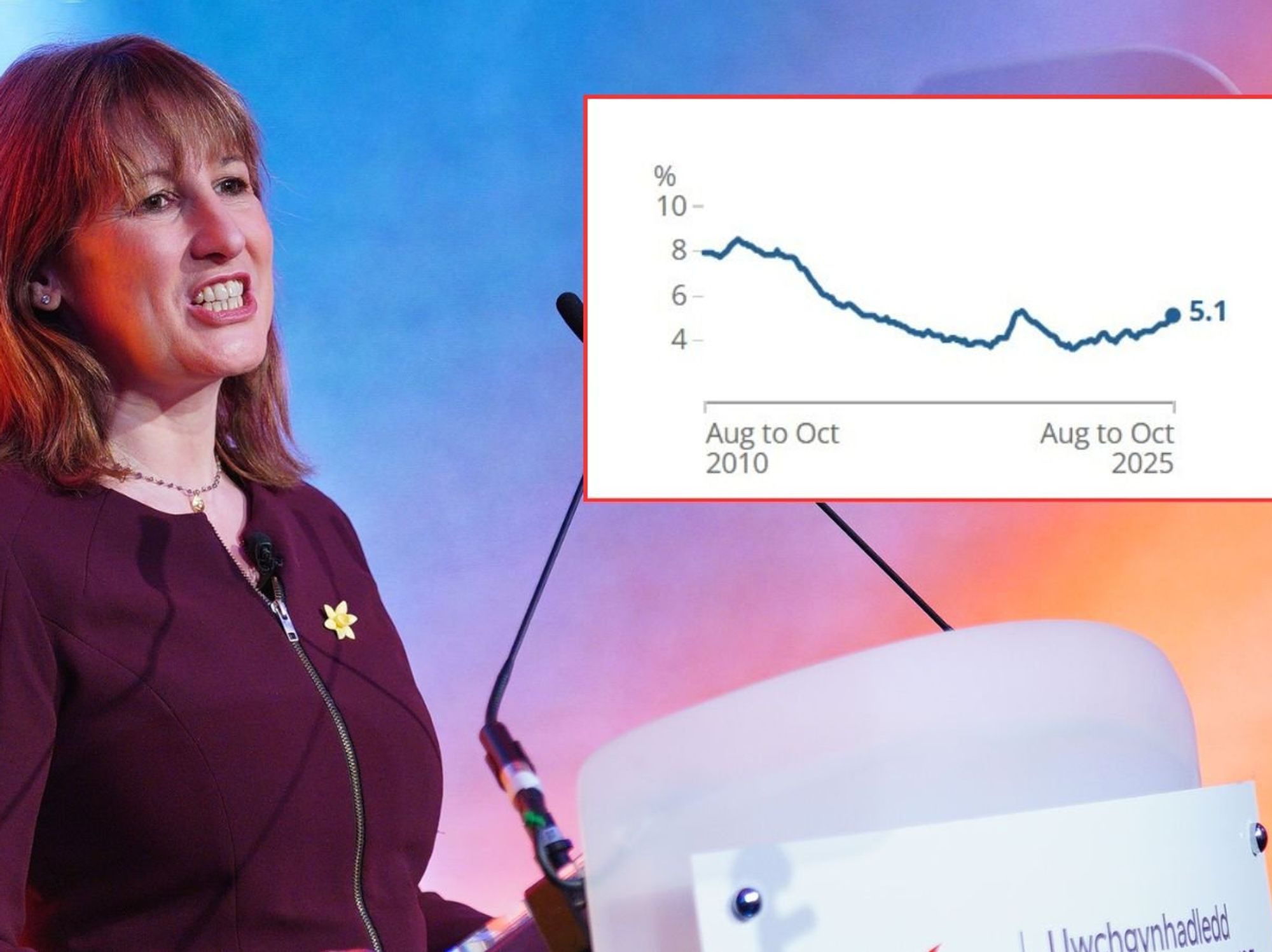Major car insurance update sees unsafe electric and hybrid vehicles removed from roads for first time

The Salvage Code of Practice has been updated to include electric and hybrid vehicles for the first time
Don't Miss
Most Read
Latest
Drivers will soon reap the benefits of safer roads after a leading organisation updated its guidance to ensure that unsafe vehicles and car parts are not put back onto UK roads.
The Association of British Insurers has updated its Salvage Code of Practice to include electric and hybrid vehicles for the first time.
The voluntary code, which provides detailed guidance for insurers and salvage firms on categorising written-off vehicles, has been revised following extensive collaboration with industry stakeholders, including insurers, the Motor Insurers' Bureau and Thatcham Research.
The updates, which were announced last week, aim to bring the code in line with rapidly advancing vehicle technologies.
Do you have a story you'd like to share? Get in touch by emailing motoring@gbnews.uk
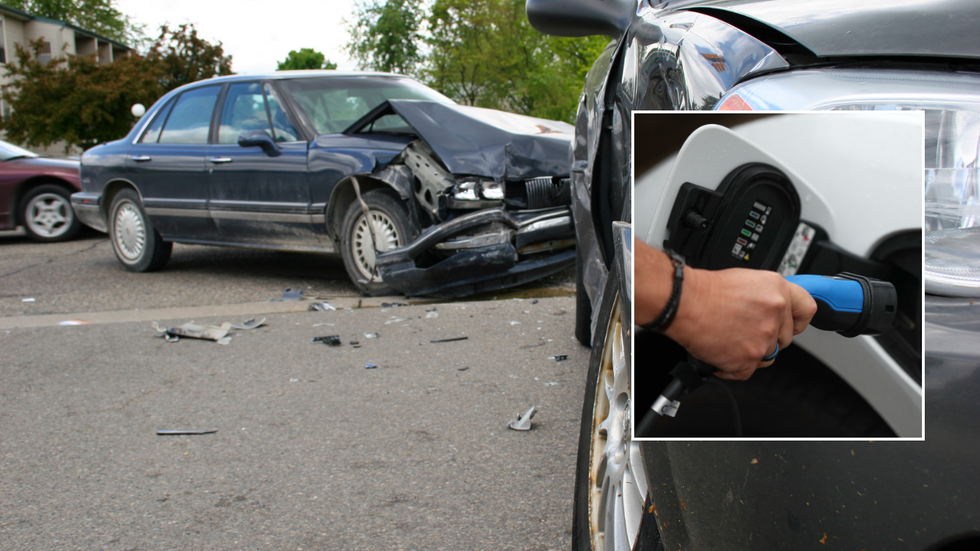
The Salvage Code is used by insurers to determine if wrecked vehicles can be safely put back on UK roads
|GETTY
The code now specifically addresses electric and hybrid vehicles, as well as considering megacasting, reusable parts and other advanced vehicle construction methods.
Insurers use the Salvage Code to categorise damaged vehicles into four categories. Category A means that vehicles must be scrapped entirely, while Category B vehicles can have parts reused, but the structural framework must be crushed.
Category S vehicles are structurally damaged but repairable, and Category N vehicles have non-structural damage but are also repairable. The categorisation determines whether a vehicle can safely return to the road.
Typically, a vehicle is deemed a total loss when repair is "uneconomical or unviable" from a safety perspective. When an insurer deems a vehicle a "total loss" for financial reasons rather than safety, harvesting usable parts enables them to re-enter the value chain rather than being wasted.
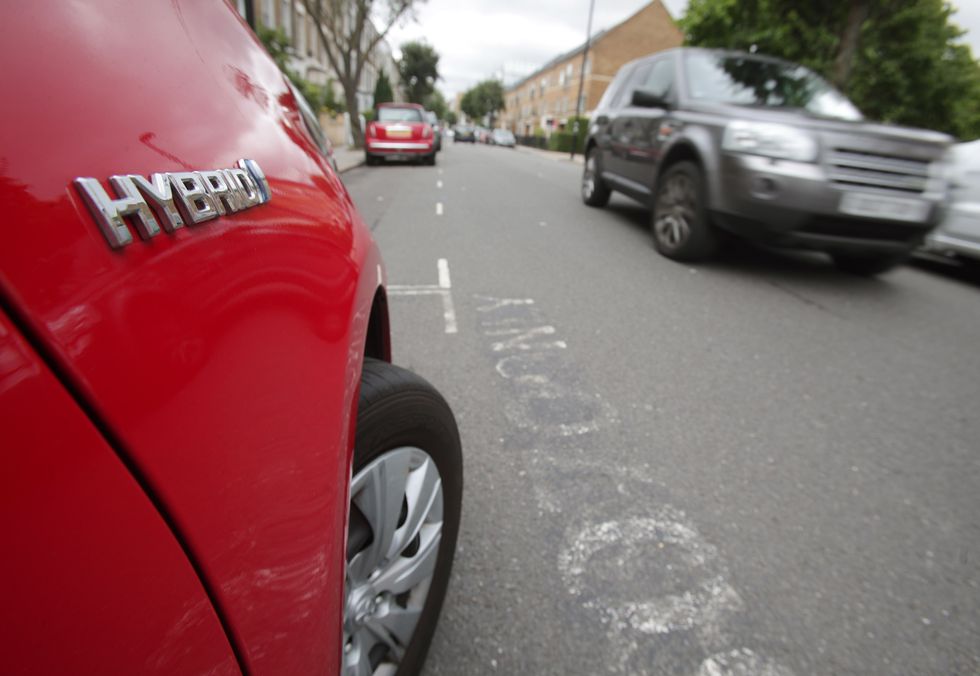
Hybrid cars will now be included in the Salvage Code
The revisions also feature improved wording for different vehicle types, including Heavy Goods Vehicles and motorcycles.
The code was last updated in 2019, with the latest revisions coming as manufacturers increasingly use megacasting, a process for producing large metal parts using high-pressure die casting.
The updates improve clarity around the salvage code's vehicle categorisation and dispute processes, reflecting changes brought on by rapidly advancing vehicle technologies. The comprehensive updates address the unique challenges posed by modern vehicle construction.
For electric vehicles with high-voltage batteries over 60 volts, new categorisation criteria have been introduced, particularly for structural batteries that form part of the vehicle's chassis.
LATEST DEVELOPMENTS:
The revised code provides specific guidance on battery electric vehicles, including safety labelling requirements and controlled storage environments.
It distinguishes between structural and non-structural high voltage batteries, recognising that some modern designs integrate the battery as the vehicle's floor panel with interior components fixed directly to it.
Additional refinements cover water and fire damage categorisation, with particular attention to the contamination risks in electric and hybrid vehicles.
The code also clarifies disposal criteria for vehicle salvage body structures, chassis and frames, ensuring proper handling of increasingly complex vehicle architectures.

The updated code now includes guidance for electric and hybrid vehicles
|GETTY
Mark Shepherd, Head of General Insurance Policy at the ABI, said: "By ensuring that consumers have transparency about the history of vehicles they are considering buying, the salvage code is a great example of the insurance industry working together to make the UK's roads safer."
"It's important the code moves with the times, and this update reflects the increasing sophistication of our vehicles, including new powertrains and construction methods."
The Salvage Code of Practice is a voluntary code brought about by the ABI because there was no regulation relating to written-off vehicles. It was pursued to help ensure dangerous vehicles do not end up back on the road.
All ABI member motor insurers support the Salvage Code of Practice and adhere to its provisions, with the association continuing to call for the Salvage Code to be put on statutory footing.


